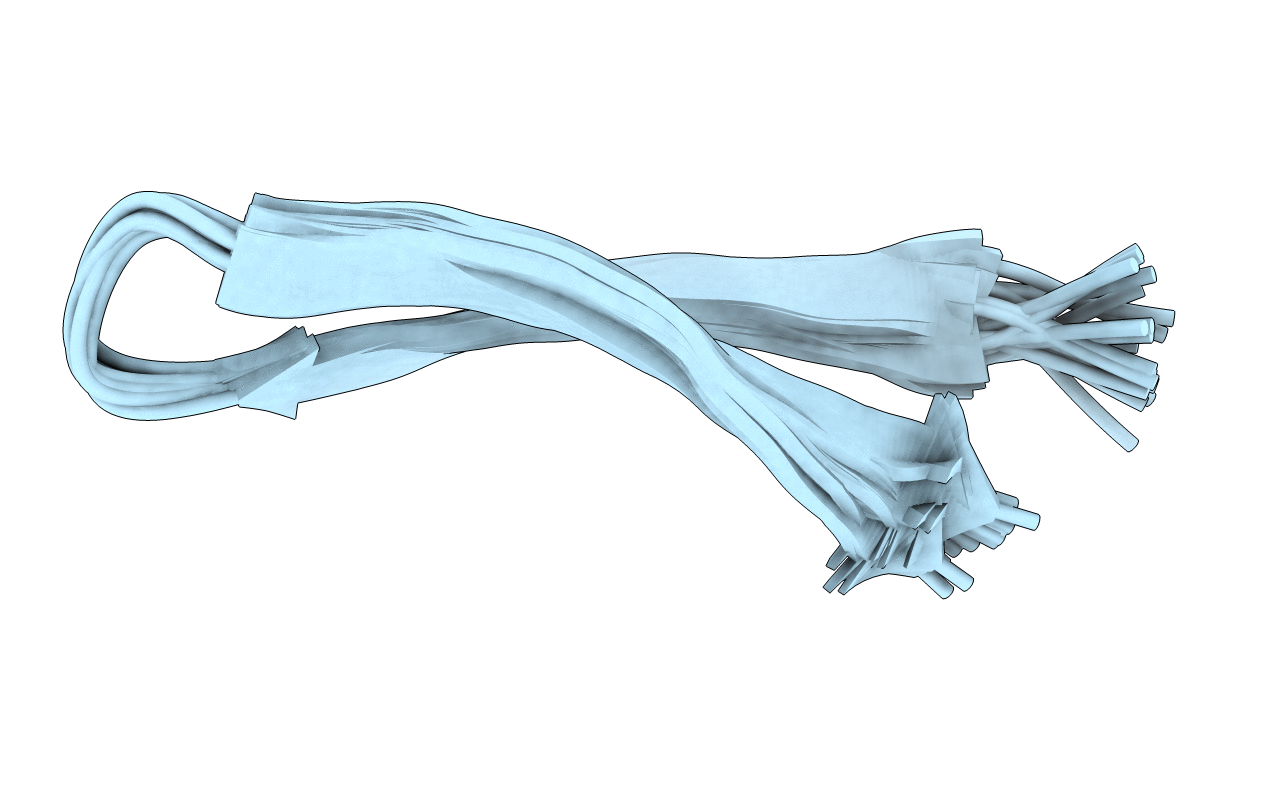
Deposition Date
2019-06-25
Release Date
2019-09-11
Last Version Date
2024-11-20
Entry Detail
PDB ID:
6PI2
Keywords:
Title:
NMR Solution structure of native tachyplesin II peptide
Biological Source:
Source Organism:
Limulus polyphemus (Taxon ID: 6850)
Method Details:
Experimental Method:
Conformers Calculated:
100
Conformers Submitted:
20
Selection Criteria:
structures with the lowest energy


